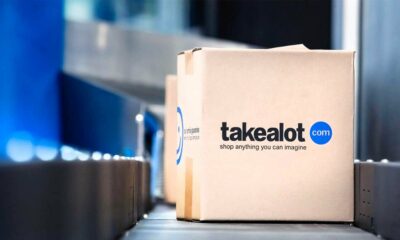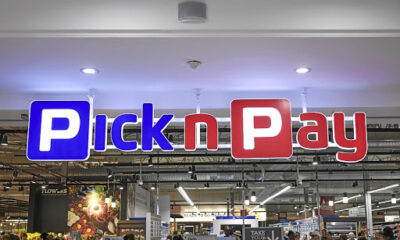Business
Gauteng and KZN Malls Lag Behind as Smaller Shopping Centres Outperform in 2025

In the first quarter of 2025, South Africa’s shopping malls painted a tale of two very different retail landscapes — one where smaller and community shopping centres thrived, and another where big malls, especially in Gauteng and KwaZulu-Natal, struggled to keep pace with even the country’s historically low inflation rate.
This is according to the latest Clur Shopping Centre Index, which tracked over 130 shopping centres across 5.4 million square metres in South Africa and Namibia. While the broader national picture shows stability in base rentals and trading density, the regional breakdown reveals pockets of concern.
Gauteng and KZN Fall Behind Despite Low Inflation
Inflation during the quarter hovered at just 2.7%, well below the South African Reserve Bank’s target range — but even this low bar proved too high for Gauteng and KwaZulu-Natal’s malls. Gauteng’s rental growth came in at 2.4% year-on-year, while KwaZulu-Natal managed only 2.5%. In both cases, rental increases trailed inflation, highlighting weak underlying pricing power.
Gauteng’s malls averaged R233.17 per square metre in base rent, compared to R238.53/sqm in KwaZulu-Natal. These figures pale in comparison to the Western Cape, which saw standout rental growth of 6.2% to R256.22/sqm — outpacing inflation by a healthy 3.5 percentage points.
Smaller Centres Drive Growth
While big malls struggled, smaller shopping centres and community-based centres took the lead. According to the index, community and small centres posted the highest year-on-year growth in both trading density (5.1%) and base rental growth (5.0%), significantly outpacing inflation and showing a modest expansion from Q4 2024.
Trading densities — a measure of sales per square metre — showed that super regional centres still held the crown for volume, at R50,440/sqm. However, small centres weren’t far behind, coming in at R46,564/sqm and showing more agile growth patterns.
Signs of Stability Amid Regional Challenges
Nationally, the Clur Index indicated some resilience. The overall base rental stood at R233.10/sqm — with 3.4% year-on-year growth. Annualised trading density for all malls rose 3.4% to R41,162/sqm, narrowly beating inflation by 0.7 percentage points.
“The rent-to-sales ratio held steady at 6.6%, which is the lowest it’s been in five years,” said Clur International Managing Director, Belinda Clur. “This reflects a relatively stable retail environment despite the volatility we’ve experienced since 2020.”
Notably, the Western Cape had the healthiest rent-to-sales ratio at 6.1%, while Gauteng recorded the highest at 6.9%, indicating more pressure on tenants in the country’s economic hub.
What This Means for Retail Investors and Mall Owners
The message is clear: smaller, localised retail centres are outperforming larger, traditional malls — a trend driven possibly by shifting consumer habits, convenience shopping, and more targeted tenant mixes. Meanwhile, investors with exposure to larger properties in Gauteng and KZN may need to prepare for tighter margins in 2025 unless local demand dynamics improve.
The divide also raises broader questions about the future of retail real estate in South Africa — and whether big, expensive mall formats still offer the return potential they once promised.
{Source: BusinessTech}
Follow Joburg ETC on Facebook, Twitter , TikTok and Instagram
For more News in Johannesburg, visit joburgetc.com



























